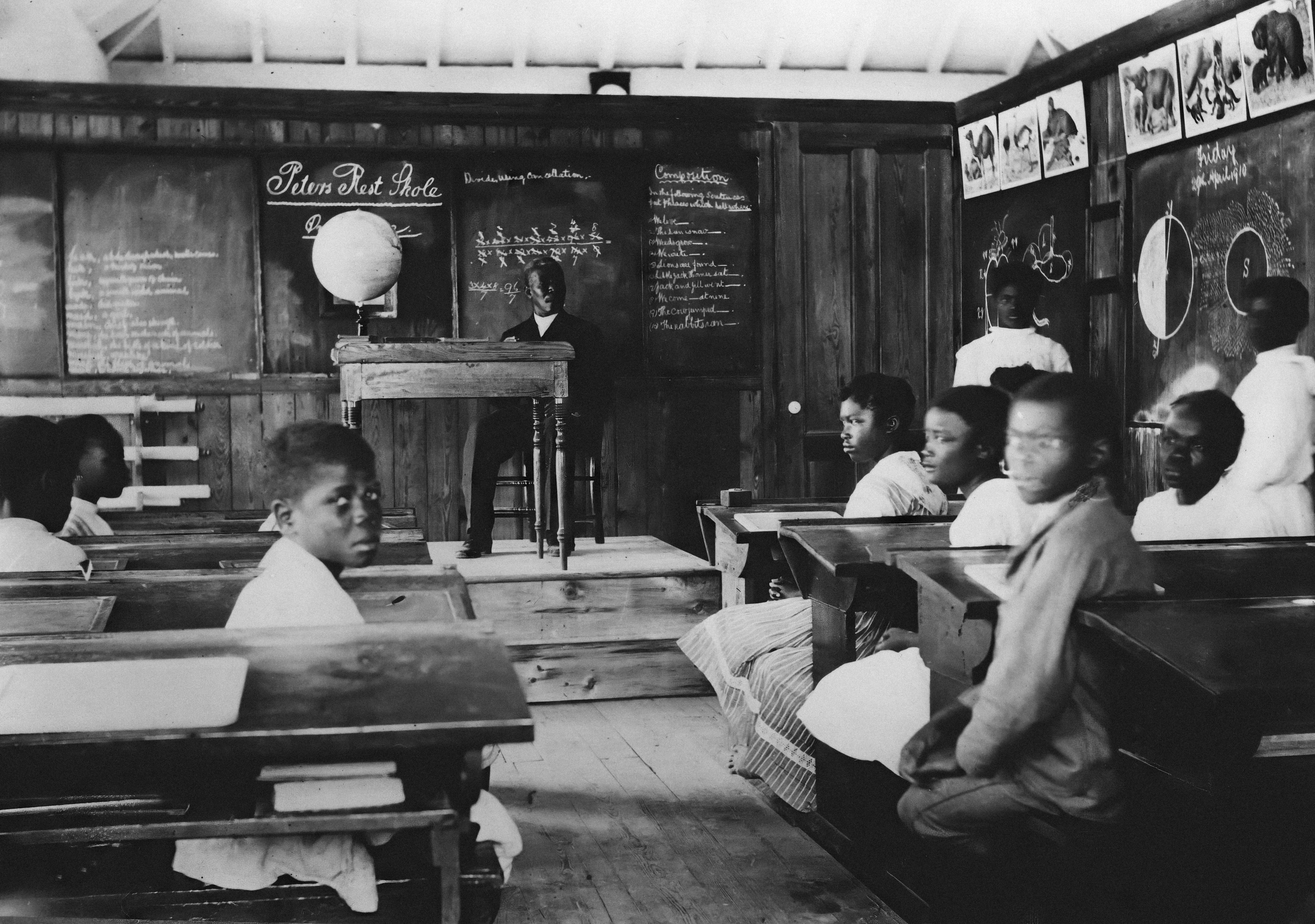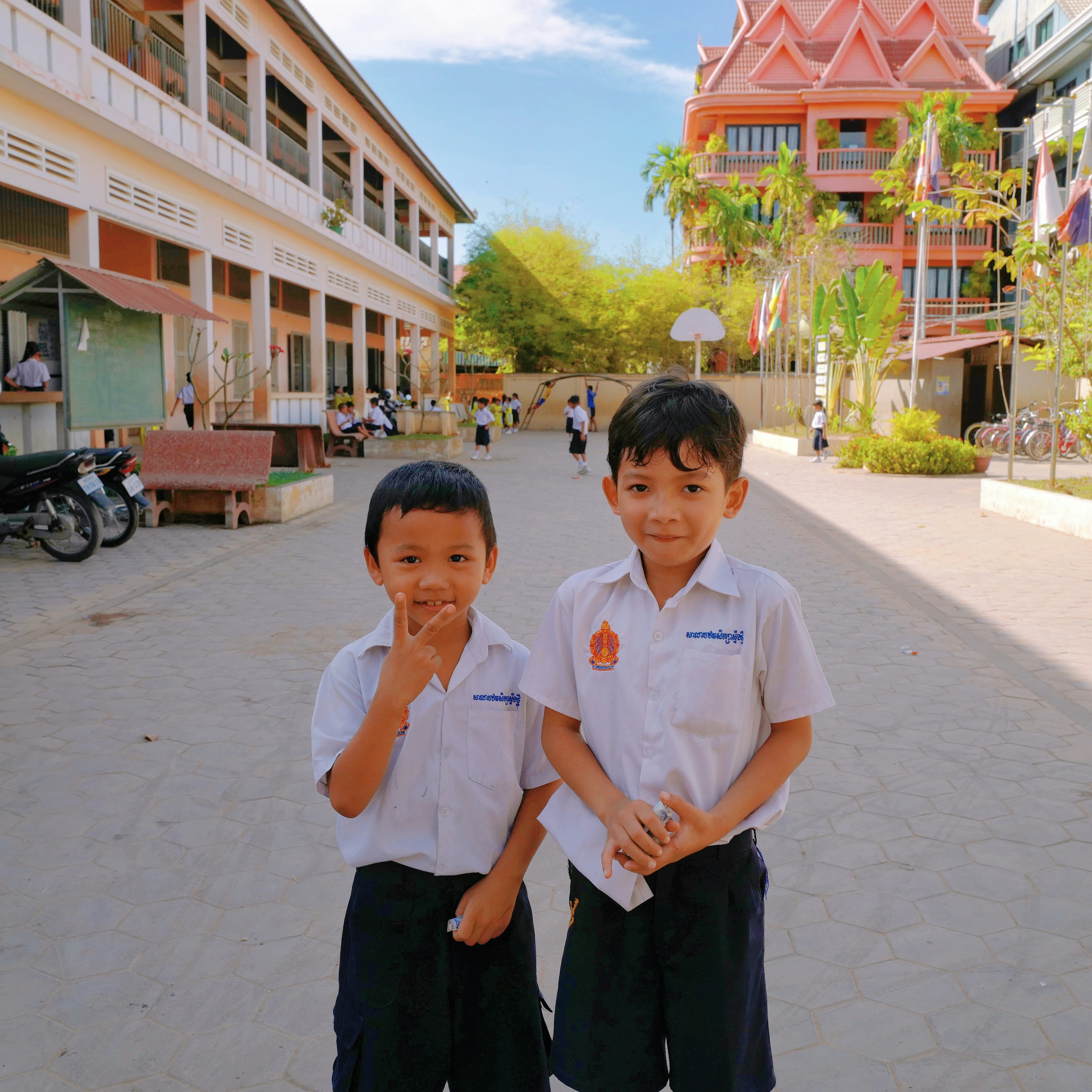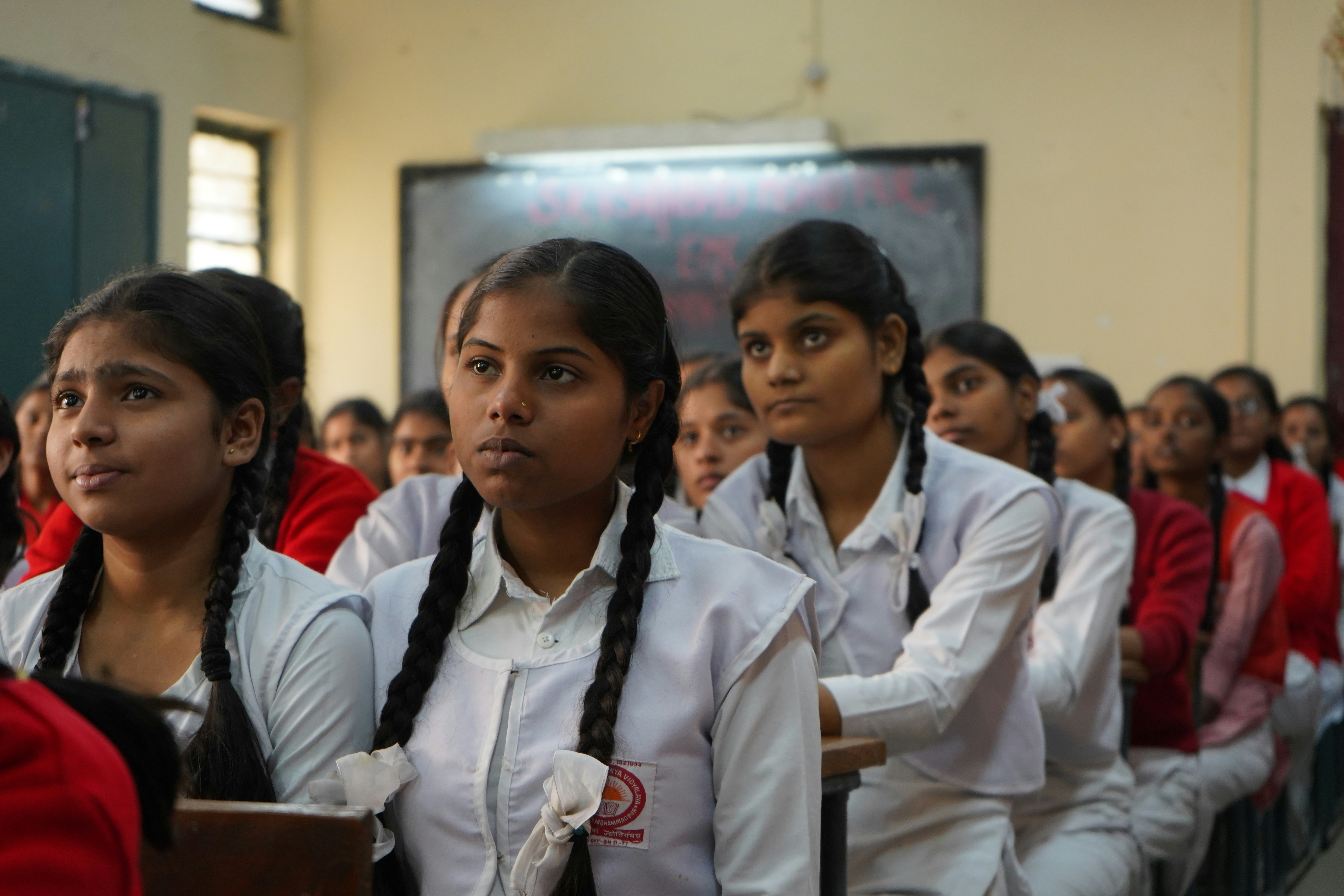If you went to a typical Nigerian secondary school, chances are you sat through social studies classes wondering why they even mattered. But truth be told, social studies is not just another subject you must pass to move to the next class—it is the backbone of understanding the world around us. Whether it’s about knowing your cultural roots, how your government works, or even how to manage money, social studies ties it all together.
Let’s break it down, so you can truly appreciate why social studies should not be taken for granted.
Why Social Studies Matters in Junior Secondary Schools
Social studies is the one subject that throws a spotlight on how human beings interact with their environment, culture, and each other. From JSS1 to JSS3, students are introduced to how societies are built, the role of history in shaping nations, and the importance of civic duties.
It doesn’t stop at teaching boring facts—it opens students’ eyes to their own roles in society.
Promoting Critical Thinking Skills
One sweet thing about social studies is that it trains you to think for yourself. No be everything dem dey spoon-feed person.
Students are taught to examine issues from different angles—whether it’s a historical event, a social problem, or an economic debate. They are encouraged to ask questions, dig deep, and come up with their own conclusions. In this life where things are changing fast, being able to analyze and think critically is like having superpowers.
Building Cultural Awareness
In a world where everybody is shouting “diversity, inclusion, tolerance,” social studies gives students the chance to appreciate other people’s cultures without feeling superior or left out.
The subject encourages them to learn about different traditions, religions, and lifestyles. By understanding other cultures, students begin to see the beauty in human differences. This is how they develop empathy and respect, even for people they’ve never met.
Understanding Society’s Structures
A lot of young people grow up not knowing how their government works or how economic systems affect their daily lives. Social studies changes that.
Students learn how families, governments, and economies are structured and how these structures impact society. This kind of knowledge makes it easier to become active citizens—the kind who ask questions, vote wisely, and even fight for the right things when necessary.
Historical Perspectives: Connecting the Past and the Present
History isn’t just about memorizing dates. It’s about understanding the events that shaped who we are today.
From studying revolutions to civil rights movements, junior secondary students get to see how the past still affects their present. When they look at timelines and analyze major world events, they can connect the dots between yesterday’s decisions and today’s realities. That’s how you raise sharp, socially conscious people.
Geography: Knowing the World Around You
When you know where you are on the map, you start to understand why things happen the way they do.
Social studies brings geography to life by showing how landforms, weather, population, and resources impact communities. Students learn why some countries are richer, why some places have more disasters, and why people migrate. They also gain practical skills like map reading, spatial analysis, and how to use geographic tools. All these are very useful in today’s digital and global space.
Civics: Teaching Students to Be Responsible Citizens
This part of social studies is all about you and your society.
It teaches students their rights, their responsibilities, and how government systems work. They learn why obeying the law is necessary but also why speaking out against injustice is even more important.
By participating in debates, mock elections, and group projects, students begin to understand what it means to be active citizens. The aim is simple: produce people who can think, act, and lead in their communities.
Economics: Understanding Money and Resources
You can’t survive in this world without understanding how money moves.
Social studies gives students the basics of economics—how resources are used, how markets operate, and why scarcity exists. It teaches young people about budgeting, saving, and making wise financial decisions.
This is one part of the curriculum that truly prepares students for real life. They get to see how personal finance connects to the bigger economic picture and why their financial choices matter.
Cultural Studies: Embracing Diversity
We are living in a world where your neighbor can come from a totally different cultural background. How you treat that neighbor matters.
Cultural studies under social studies teaches students to appreciate the customs, beliefs, and traditions of different people. It helps them understand that while cultures may look different on the surface, the core human values—like love, family, and community—are shared across the world.
Students begin to value their own heritage while respecting others. It’s the best way to build a peaceful, tolerant society.
Global Interconnections: We Are All Linked
Social studies shows us how our small actions can have big impacts globally.
Whether it’s climate change, migration, or global trade, students learn that the world is now like a small village. What one country does affects others. Social studies opens their eyes to these connections and helps them develop global problem-solving skills.
The earlier students understand this, the better prepared they are to tackle global challenges like inequality and environmental crises.
Essential Life Skills from Social Studies
Let’s be real—social studies is not just about passing exams. It is about equipping students with life skills.
They learn how to think critically, research effectively, communicate confidently, and analyze issues from multiple viewpoints. These are skills that will help them not only in school but also in their future workplaces and communities.
Evaluating the Social Studies Curriculum
No curriculum is perfect, and social studies in junior secondary schools is no exception.
While the subject covers a lot of valuable areas, sometimes it doesn’t focus enough on current events like climate change or technology-driven globalization. Also, many teachers still use boring lecture methods instead of interactive activities that engage students better.
To improve, the curriculum should include more real-life case studies, group projects, and digital learning tools. Teachers should also be given more training to stay updated with modern teaching techniques.
If we want the best for our children, the curriculum must keep evolving to match today’s realities.
Conclusion.
Social studies is more than just a subject—it’s a guide to understanding life. From teaching us how the world works to showing us our place in it, social studies prepares students to become better citizens, leaders, and change-makers.
If we truly want to raise a generation that thinks critically, respects diversity, and contributes positively to society, then we must take social studies seriously in our schools.





